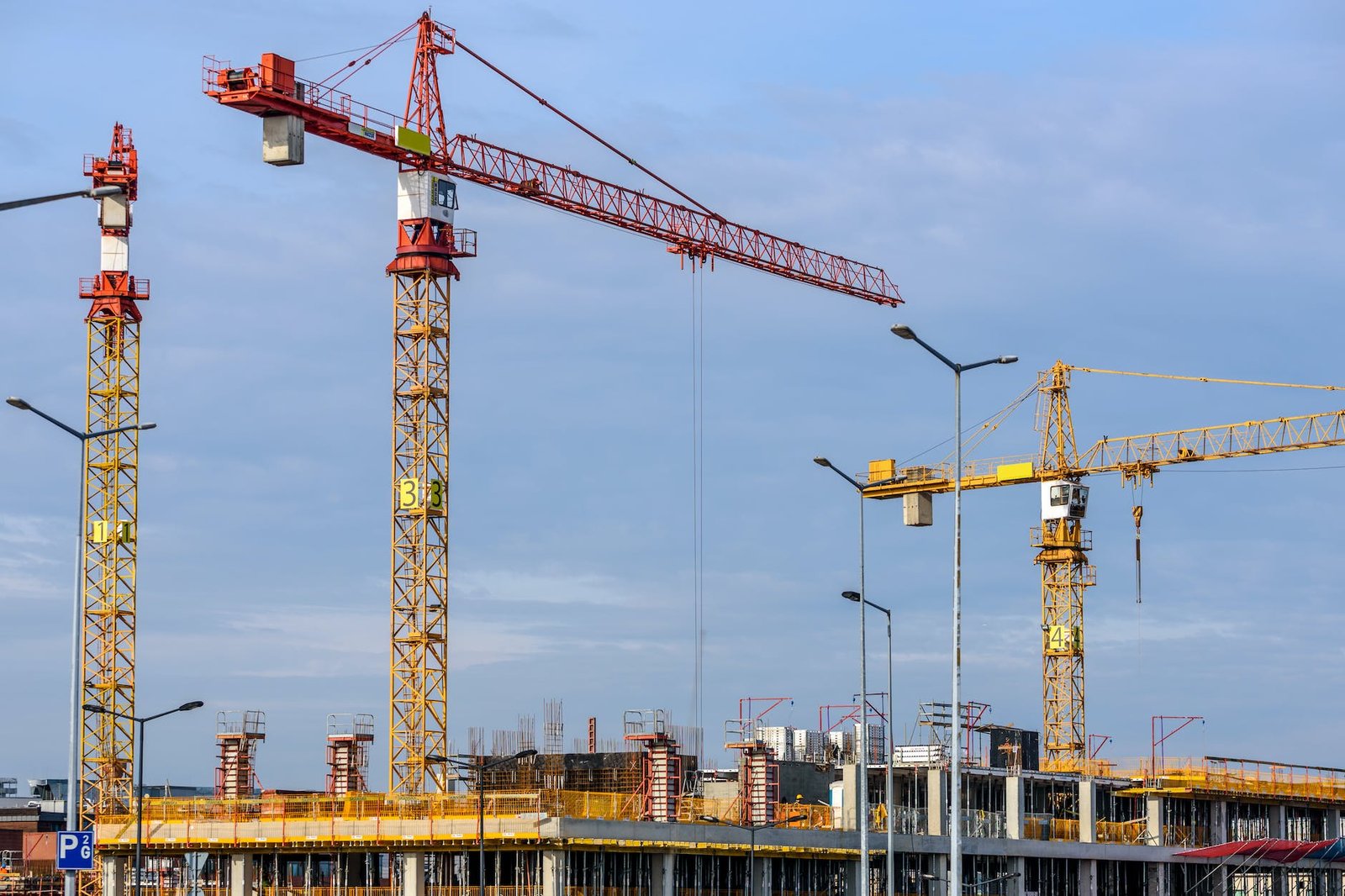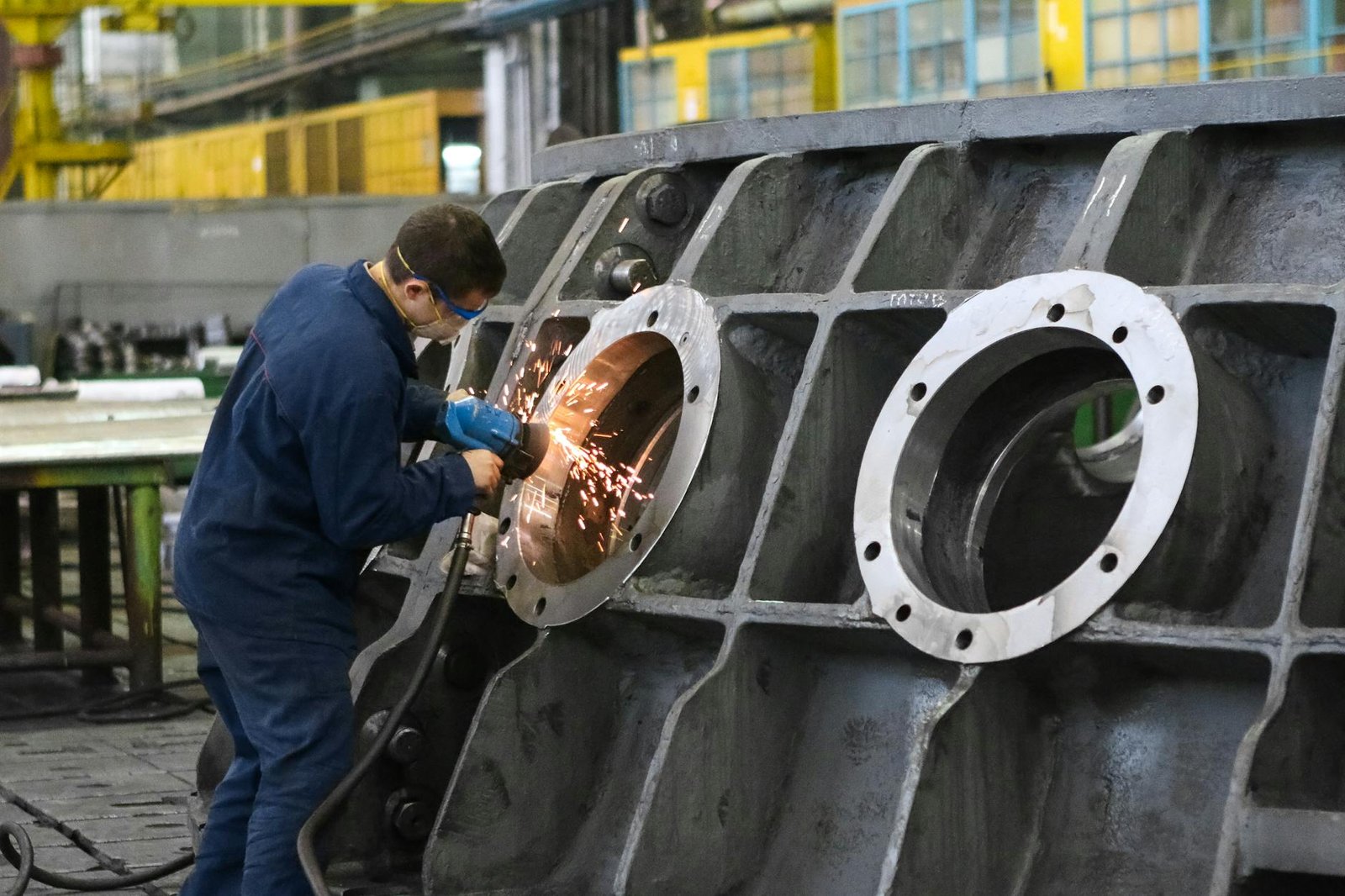Introduction
Construction sites are known for being dangerous workplaces, where accidents and injuries can occur frequently. That’s why it’s crucial for all workers to be aware of and follow the safety guidelines and measures that are in place to prevent such incidents from happening. These guidelines cover a wide range of areas, from personal protective equipment (PPE) to machinery safety, and excavation precautions.
To help workers stay safe on construction sites, we’ve put together a comprehensive guide that covers all the essential safety guidelines in construction. Whether you’re a new worker just starting out in the industry, or an experienced professional looking to brush up on your safety knowledge, this guide has everything you need.
We’ll start by looking at some general safety measures that apply to all construction sites, such as the importance of PPE, hazard identification and reporting, and emergency response procedures. From there, we’ll delve into more site-specific precautions, such as electrical safety, working at heights, and excavation safety.
By the end of this guide, you’ll have a solid understanding of the safety guidelines that construction workers need to follow in order to stay safe on the job. So let’s get started!
General Safety Measures

Personal Protective Equipment (PPE)
It all starts with personal protective equipment (PPE), which forms the first line of defense against workplace injuries. The following subheadings highlight the importance of various PPE components:
Head Protection
Head injuries can be life-threatening, which is why wearing a hard hat is mandatory on construction sites. These reliable helmets protect against falling objects, electrical hazards, and impacts from low ceilings or beams.
Eye and Face Protection
The eyes and face are vulnerable to various hazards, such as flying debris, chemical splashes, and intense UV radiation. Safety glasses, goggles, and face shields shield workers from these dangers and prevent severe eye injuries.
Hand and Arm Protection
Construction workers heavily rely on their hands, making hand and arm protection vital. Gloves help prevent cuts, abrasions, burns, and exposure to hazardous substances. Specialty gloves with reinforced materials are available for specific tasks, such as handling hot materials or working with chemicals.
Hazard Communication
Clear communication about potential hazards is crucial to ensure the well-being of construction workers. These subheadings delve into the different aspects of hazard communication:
Labeling of Hazardous Materials
Construction sites often deal with various hazardous materials, such as chemicals, solvents, and flammable substances. Appropriate labeling of these materials ensures that workers can quickly identify the potential risks and take necessary precautions.
Safety Data Sheets (SDS)
Safety Data Sheets provide valuable information about chemical hazards, handling procedures, and first aid measures. These sheets must be readily accessible to workers, enabling them to understand and mitigate the risks associated with the chemicals they encounter on site.
Employee Training on Chemical Hazards
It is essential for workers to receive thorough training on safe handling and storage procedures for chemicals. Regular training sessions educate them about potential health risks, the appropriate PPE to use, and emergency response protocols, fostering a culture of safety.
Safe Lifting and Manual Handling

Improper lifting techniques are a leading cause of musculoskeletal injuries in the construction industry. The following subheadings outline the key considerations for safe lifting and manual handling:
Correct Lifting Techniques
Educating workers on proper lifting techniques, such as using the legs instead of the back, helps prevent back strains and injuries. Encouraging teamwork for heavy lifting and utilizing mechanical aids, like hoists or forklifts, further reduces the risk of accidents.
Using Equipment and Tools Properly
Workers must be trained to use equipment and tools correctly. Mishandling tools or using them beyond their intended capacity increases the risk of accidents and injuries. Employers should provide clear guidelines on tool operation and define their limitations to prevent accidents.
Preventing Musculoskeletal Injuries
Construction workers often perform repetitive tasks or engage in manual labor for extended periods. This can lead to musculoskeletal disorders and long-term injuries. Regular breaks, stretching exercises, and ergonomic practices help minimize these risks, ensuring worker health and well-being.
Construction Site Safety

Fall Protection
Falls from heights remain one of the leading causes of deaths and serious injuries in the construction industry. The following subheadings highlight the critical fall protection measures:
Guardrails and Safety Nets
Installing guardrails along elevated surfaces, such as scaffolds or platforms, prevents accidental falls. Safety nets strategically placed beneath construction areas provide an additional layer of protection, catching workers in the event of a fall.
Proper Use of Harnesses and Lanyards
When working at heights, harnesses and lanyards are essential safety equipment. Workers must be trained on how to properly wear and secure these devices to prevent falls. Regular inspections of harnesses and lanyards ensure their effectiveness.
Inspecting Scaffolds and Ladders
Regular inspection of scaffolds and ladders is crucial to identify any structural weaknesses or defects. Employers should establish guidelines for inspections, ensuring that workers are not exposed to the risks associated with faulty scaffolds or ladders.
Electrical Safety
Electrical hazards pose a significant risk on construction sites. Adhering to strict electrical safety measures can prevent severe injuries and fatalities. The following subheadings cover key aspects of electrical safety:
Identifying Electrical Hazards
Construction workers must be trained to identify electrical hazards, including exposed wires, faulty equipment, or overhead power lines. Recognizing these dangers helps prevent accidents and potential electrocutions.
Safe Use of Power Tools and Equipment
Proper training on the safe use of power tools and equipment significantly reduces the risk of electrical accidents. Workers should be aware of basic electrical safety practices, such as inspecting electrical cords, and grounding tools, and using ground-fault circuit interrupters (GFCIs) for added protection.
Lockout/Tagout Procedures
Lockout/Tagout procedures ensure the isolation of energy sources during maintenance or repair work on electrical systems. Following these protocols prevents unexpected power supply and subsequent electrical accidents.
Fire Safety
Fires can quickly escalate on construction sites, threatening the lives of workers and causing extensive damage. The following subheadings outline important fire safety measures:
Fire Extinguisher Placement and Usage
Strategically placing fire extinguishers throughout the construction site allows for quick response in case of a fire. Workers must also receive training on proper fire extinguisher usage, including which type to use for different classes of fires.
Evacuation Plans and Emergency Exits
Developing and implementing comprehensive evacuation plans with clearly marked emergency exits ensures workers can quickly and safely leave the site in case of emergencies. Regular drills help familiarize workers with evacuation procedures, fostering a more prepared workforce.
Fire Prevention Measures
Preventing fires starts with proper housekeeping, such as clearing debris and maintaining a clean and organized construction site. Regular inspection of electrical systems and properly storing flammable materials further reduces fire risks, ensuring a safe work environment.
Machinery and Equipment Safety

Machine Guarding
Machinery can pose significant risks if not properly protected. Machine guarding involves implementing the following measures:
Importance of Guarding Moving Parts
Machine guards protect workers from contact with moving parts, reducing the likelihood of amputations, crushing injuries, or entanglement. Employers must ensure that all equipment is adequately guarded to prevent accidents.
Lockout/Tagout Requirements
To prevent the unexpected startup of machinery during maintenance or repair work, lockout/tagout procedures must be followed. Isolating the energy source and controlling access to machinery protects workers from accidental injuries.
Regular Maintenance and Inspections
Regular maintenance and inspections identify potential faults or malfunctions that could lead to accidents. Employers should establish a schedule for maintenance and inspections to ensure the continued safe operation of machinery.













